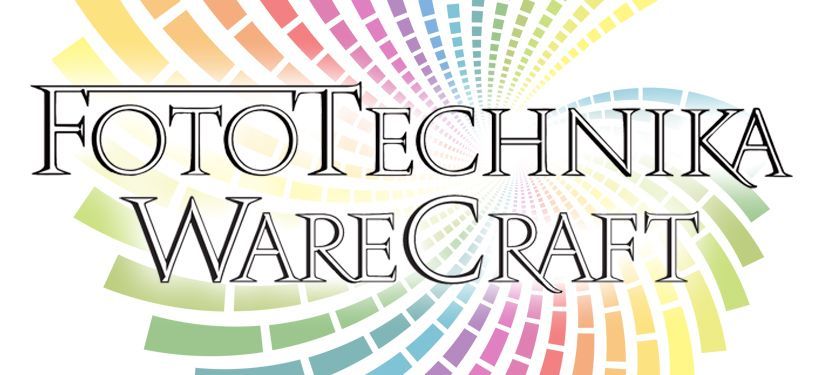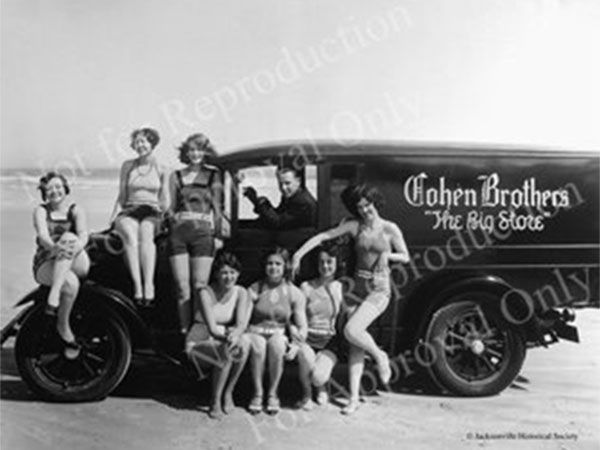ONLINE TRADITIONAL PHOTO PRINTING
In 1987, when FotoTechnika opened its doors, photo prints and enlargements were either "machine prints" produced by an analog printer or they were "custom prints" created in a darkroom under an enlarger.
Today, all commercially printed photos are technically "machine prints," but now prints are produced by either using a "wet" lab (with silver halide paper exposed with lasers or LEDs, and processed in photo chemicals) or a "dry" lab that utilize inkjet technology.
Our traditional photo prints are produced using the tried-and-true "wet" process which can produce the smooth, continuous tones that prints from film have been traditionally known for. This traditional process offers an affordable option for long-lasting prints, available from locket-size to 12"x36" panoramas.
PRINT2PROMOTE
Pictures play an important role in promoting people, places and products. An email or link to a YouTube is great, but a print is something you can put in the hands of someone when you want to impart a message or idea immediately, without the need to remember to search a digital device later.
PRINT2PRESERVE
Most people have pictures of their grandparents, but how many have the film from which those photos were made? In the past, film may have been lost or even discarded, while the prints were treasured. Today’s digital images are like yesterday’s film because they can be lost, but prints endure. The fact is, “digital” is not permanent: a hard drive crash, a broken cell phone or change in internet providers can result in the loss of precious images. And assuming that current digital media can be read or retrieved in the future will likely lead to disappointment; image files must be transferred to new media as it is introduced. Prints, on the other hand, offer a degree of permanence that has stood the test of time.













